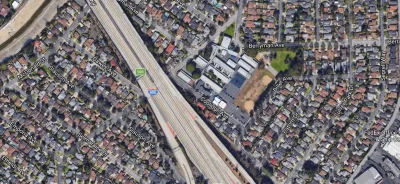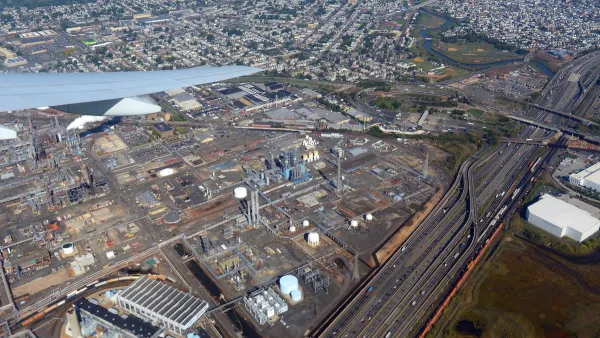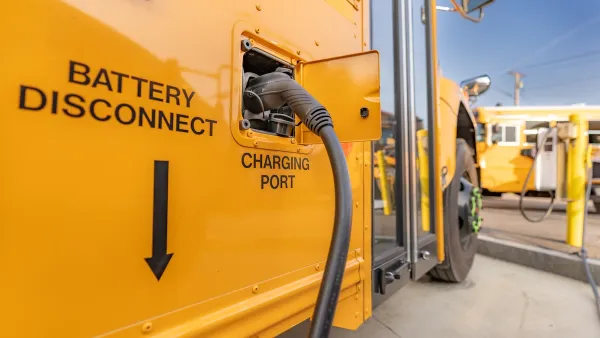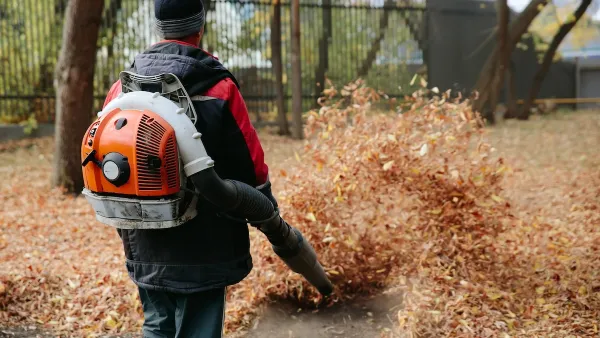Schools tend to get built on cheap land. Cheap land is often found near busy roadways—sources of pollutants that are harmful to the health of children.

"Nearly 8,000 U.S. public schools lie within 500 feet of highways, truck routes and other roads with significant traffic," reports Jamie Smith Hopkins, who is sharing the findings of a joint investigation by the Center for Public Integrity and Reveal from The Center for Investigative Reporting.
Put another way, "[t]hat’s about one in every 11 public schools, serving roughly 4.4 million students and spread across every state in the nation."
According to Smith Hopkins, schools across the country continue to be located neat polluting roadways despite warnings against the practice. In fact, "[n]early one in five schools that opened in the 2014-2015 school year, the most recent the federal government has fully tracked, was built by a busy road."
The article also notes that the state of California and the U.S. Environmental Protection Agency have provided leadership on the ensuring healthier air for school environments. For instance, the U.S. EPA released the "Best Practices for Reducing Near Road Pollution Exposure at Schools" in 2015.
FULL STORY: The invisible hazard afflicting thousands of schools

National Parks Layoffs Will Cause Communities to Lose Billions
Thousands of essential park workers were laid off this week, just before the busy spring break season.

Retro-silient?: America’s First “Eco-burb,” The Woodlands Turns 50
A master-planned community north of Houston offers lessons on green infrastructure and resilient design, but falls short of its founder’s lofty affordability and walkability goals.

Delivering for America Plan Will Downgrade Mail Service in at Least 49.5 Percent of Zip Codes
Republican and Democrat lawmakers criticize the plan for its disproportionate negative impact on rural communities.

Test News Post 1
This is a summary

Test News Headline 46
Test for the image on the front page.

Balancing Bombs and Butterflies: How the National Guard Protects a Rare Species
The National Guard at Fort Indiantown Gap uses GIS technology and land management strategies to balance military training with conservation efforts, ensuring the survival of the rare eastern regal fritillary butterfly.
Urban Design for Planners 1: Software Tools
This six-course series explores essential urban design concepts using open source software and equips planners with the tools they need to participate fully in the urban design process.
Planning for Universal Design
Learn the tools for implementing Universal Design in planning regulations.
EMC Planning Group, Inc.
Planetizen
Planetizen
Mpact (formerly Rail~Volution)
Great Falls Development Authority, Inc.
HUDs Office of Policy Development and Research
NYU Wagner Graduate School of Public Service





























